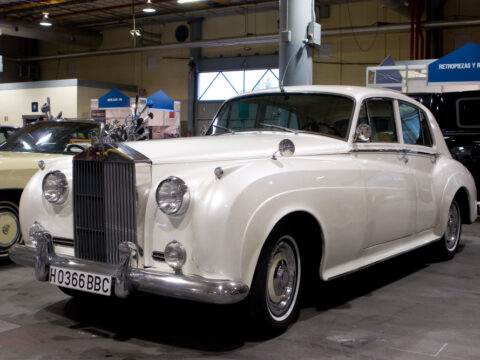Tractors have been at the heart of farming for over a century, revolutionizing how we cultivate and harvest crops. Over the years, certain models have stood out for their innovation, durability, and impact on agricultural practices. Here’s a look at 17 historic tractors that have played a key role in transforming farming, shaping the industry into what it is today.
Contents
Fordson Model F (1917)
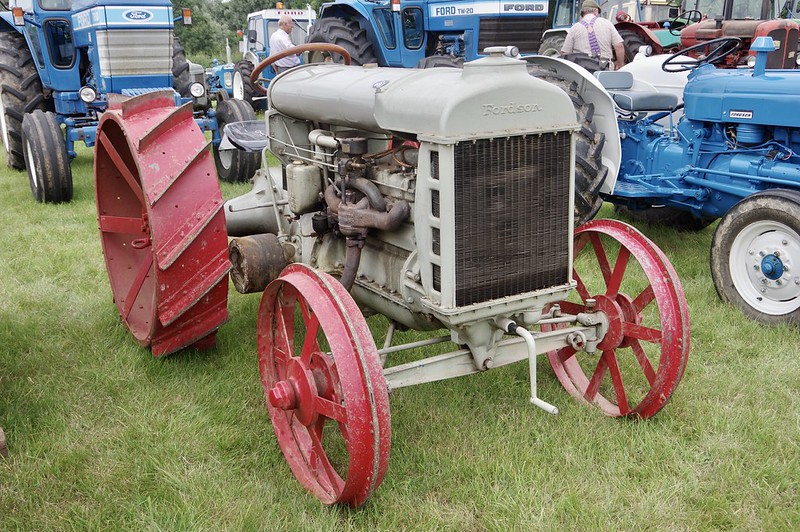
The Fordson Model F was among the first tractors to be mass-produced, making mechanized farming accessible to small-scale farmers. Its affordability and lightweight design revolutionized agriculture by allowing farmers to replace horses with machines, drastically increasing productivity. Henry Ford’s vision made the Model F an instant success, encouraging widespread adoption of mechanized farming.
John Deere Model A (1934)
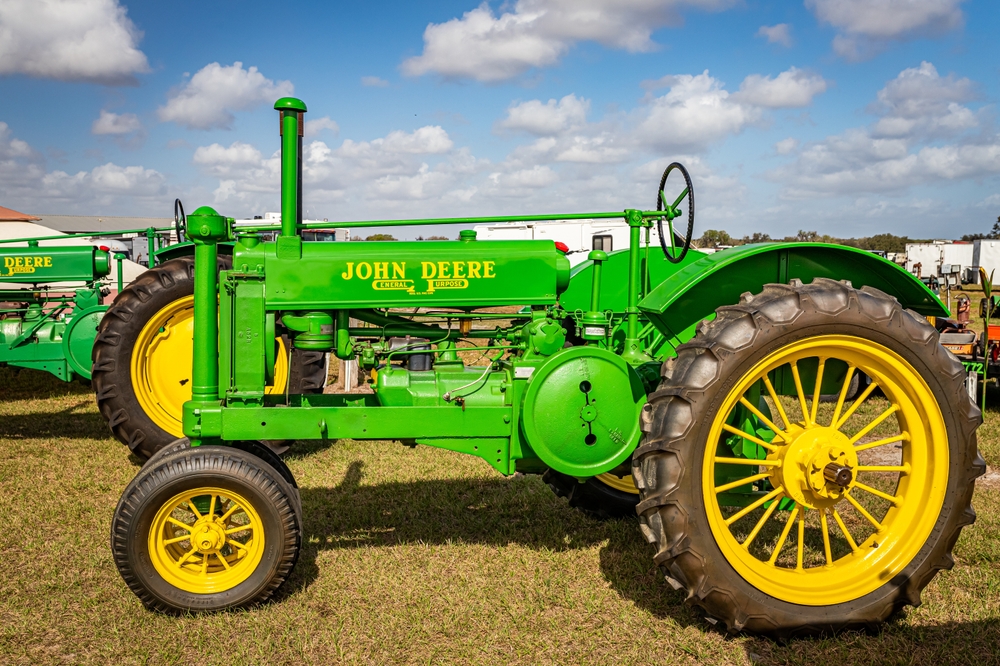
John Deere’s Model A became a game-changer in the world of farming, thanks to its versatility and reliability. Introduced as the company’s first row-crop tractor, it quickly gained popularity among farmers. The two-cylinder engine, known for its simplicity and durability, powered this machine through a variety of tasks.
Farmall Regular (1924)
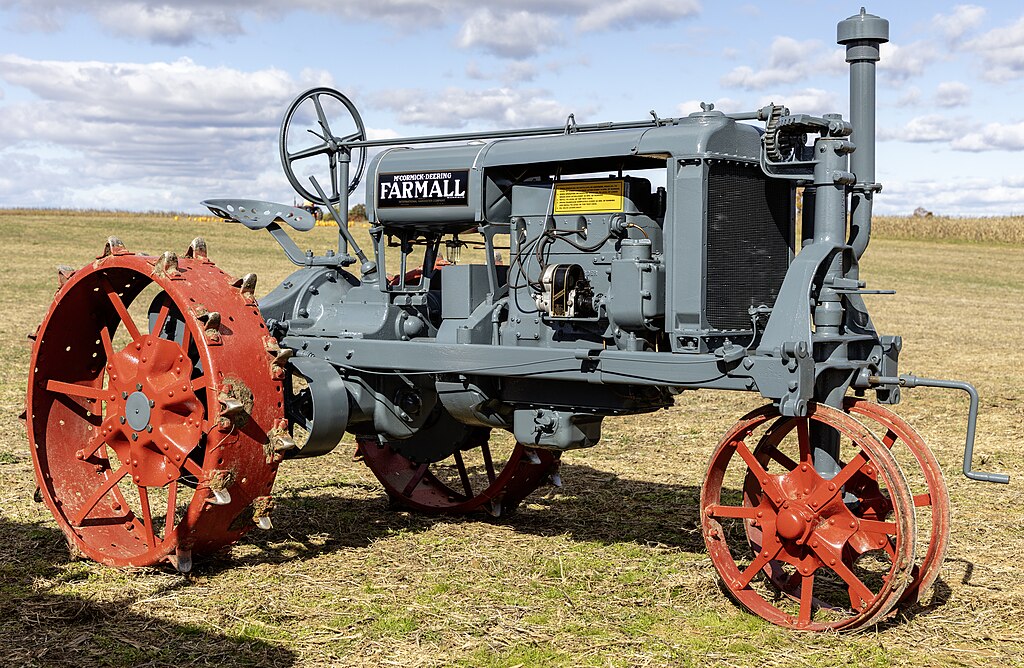
International Harvester’s Farmall Regular was a pioneering general-purpose tractor that could handle an array of farming tasks, from plowing to cultivating. This tractor introduced the tricycle front-wheel design, providing better maneuverability, especially in row-crop farming. The versatility of the Farmall Regular made it a popular choice, significantly boosting the efficiency of small farms. Its influence was so strong that it set the standard for future tractor designs.
Massey-Harris Ferguson TE20 (1946)
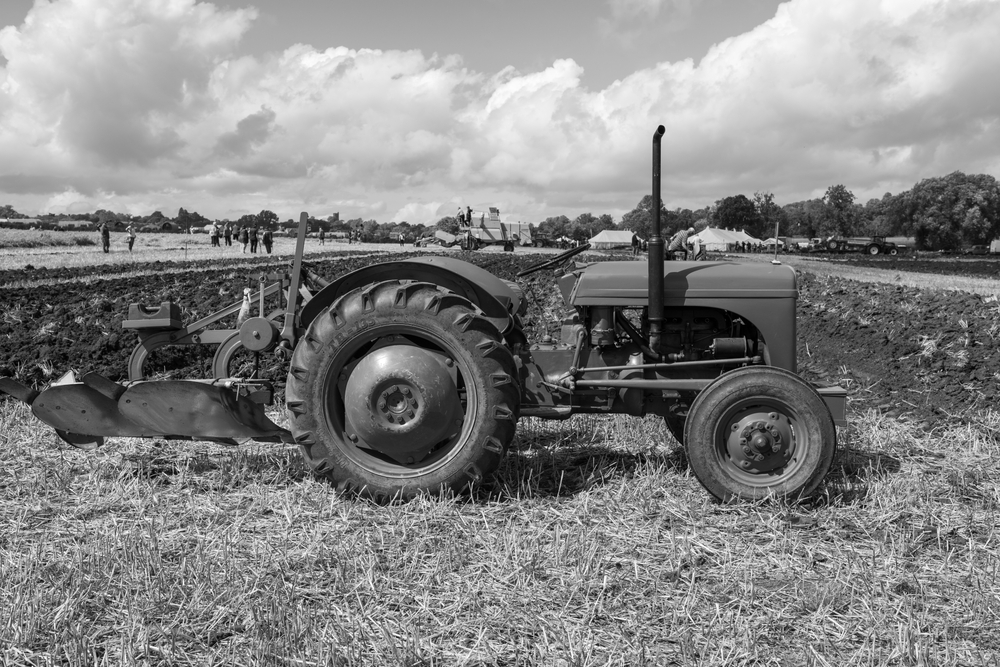
The Massey-Harris Ferguson TE20, affectionately known as the “Little Grey Fergie,” was a milestone in tractor engineering. Its groundbreaking three-point linkage system, designed by Harry Ferguson, allowed for greater control and efficiency with implements. This innovation soon became an industry standard, reflecting the TE20’s influence on modern farming practices.
Allis-Chalmers Model WC (1933)

Allis-Chalmers revolutionized tractor design with the Model WC, the first to feature pneumatic rubber tires. These tires offered better traction and a smoother ride, vastly improving the efficiency of farming operations. The Model WC’s powerful engine and durable construction made it a popular choice among farmers, contributing to the widespread adoption of rubber tires in agricultural machinery.
Case Model L (1929)
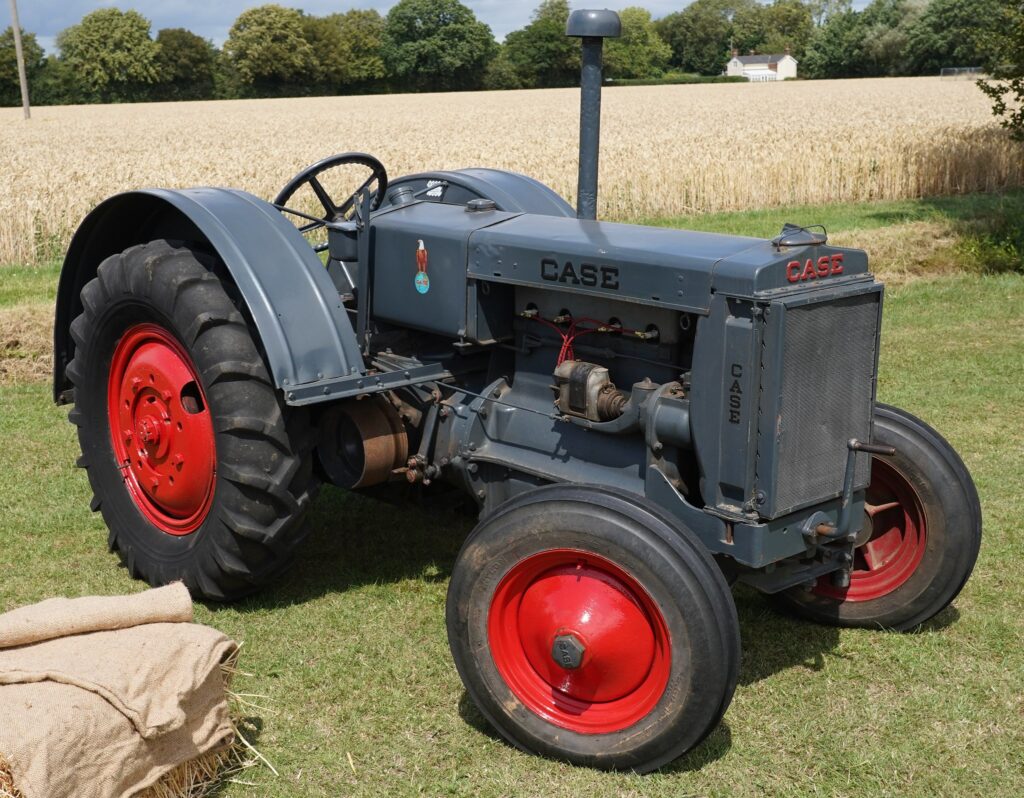
Known for its robust construction, the Case Model L was a workhorse, particularly suited for heavy-duty tasks like plowing large fields. Its powerful engine and durability made it a go-to tractor for farmers in the 1930s. The success of the Model L solidified Case’s reputation as a manufacturer of reliable, hardworking machinery. This tractor demonstrated the importance of building equipment that could endure the rigors of farm life, setting a precedent for future models.
Oliver 70 (1935)
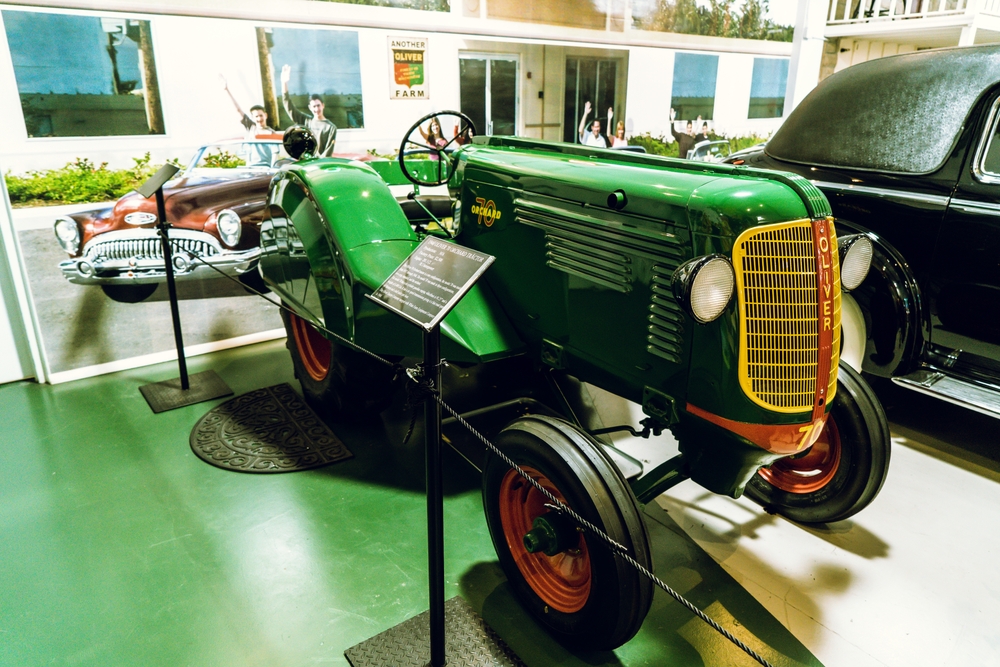
The Oliver 70 stood out not just for its vibrant colors and streamlined design but also for its powerful six-cylinder engine. It was one of the first tractors to feature a fully independent power take-off (PTO), enabling more efficient operation of implements like mowers and balers. The combination of style and functionality made the Oliver 70 a significant advancement in tractor design.
Ferguson-Brown Type A (1936)
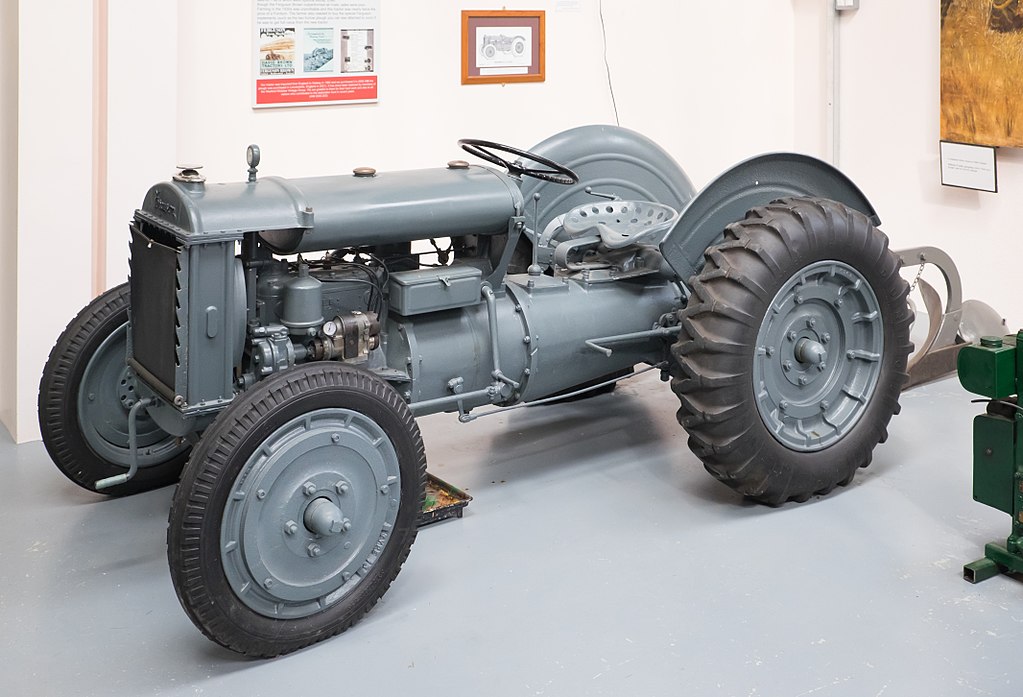
The Ferguson-Brown Type A was a trailblazer, introducing Harry Ferguson’s revolutionary three-point hitch system to the world. This system allowed for better stability and control of implements, significantly reducing the risk of tipping. The Type A’s design marked a major leap forward in tractor technology, influencing countless future models. Its introduction changed the way farmers approached mechanized agriculture, making it safer and more efficient.
John Deere Model R (1949)
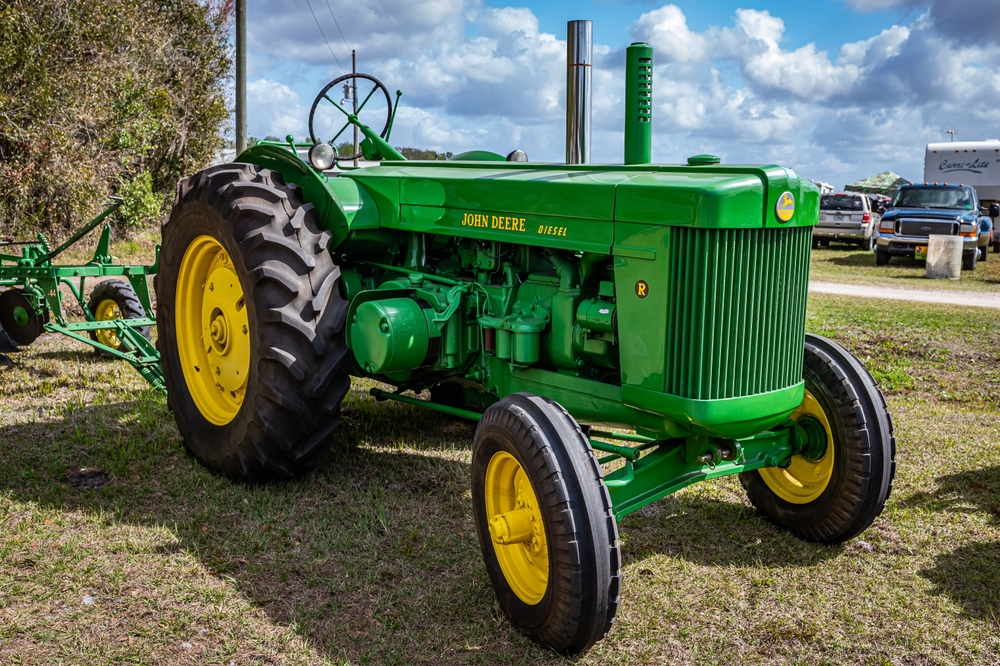
The John Deere Model R was a milestone as the company’s first diesel-powered tractor, offering enhanced fuel efficiency and power over its gasoline counterparts. It was also pioneering in featuring a live PTO, which allowed the power take-off to operate independently of the tractor’s motion. The Model R’s success demonstrated the advantages of diesel technology in farming, setting the stage for its widespread use. This tractor was instrumental in advancing the efficiency of farm operations.
Ford 8N (1947)
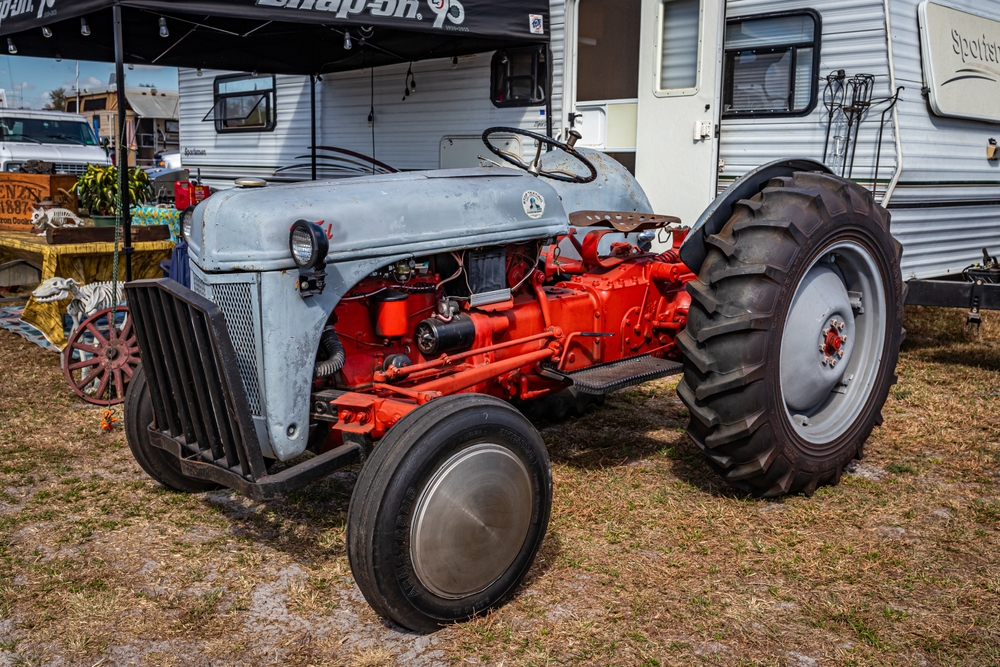
The Ford 8N became one of the best-selling tractors of all time, thanks to its simplicity, affordability, and versatility. An improved version of the Ferguson three-point hitch system gave the 8N superior control over attached implements. Widely adopted by small farmers, the 8N played a crucial role in the agricultural recovery following World War II.
International Harvester Farmall H (1939)
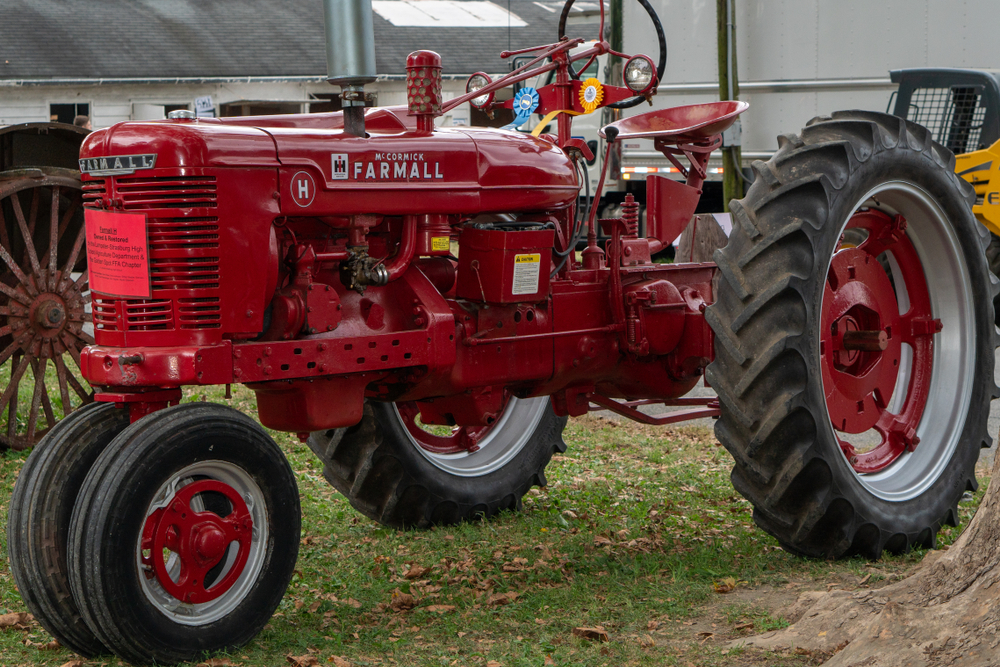
The Farmall H from International Harvester was a versatile and durable tractor, making it a favorite among farmers in the mid-20th century. Known for its reliability, it could handle a wide range of tasks, from plowing to cultivating. This model’s success helped establish International Harvester as a leading name in agricultural machinery. The Farmall H played a significant role in advancing the mechanization of farming practices across the country.
Massey Ferguson 135 (1964)
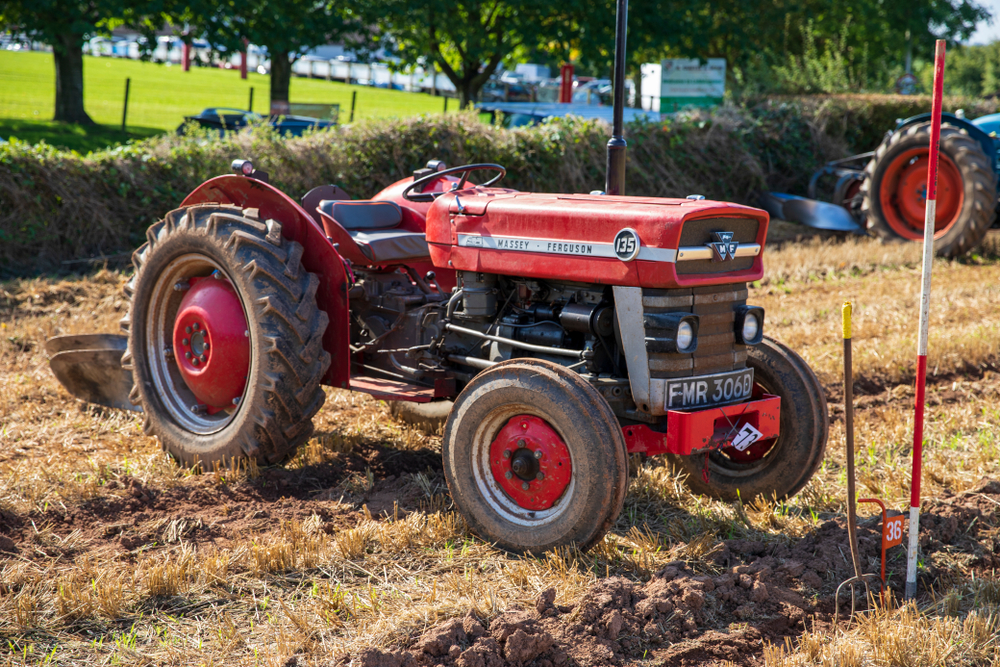
The Massey Ferguson 135 was celebrated for its versatility, durability, and ease of use, quickly becoming a staple on farms around the world. Its advanced hydraulic system provided excellent control over implements, making it suitable for a variety of tasks. The 135’s affordability and low maintenance costs made it particularly appealing to small and medium-sized farmers. Its widespread use, especially in developing countries, underscores its importance in global agriculture.
Allis-Chalmers WD45 (1953)
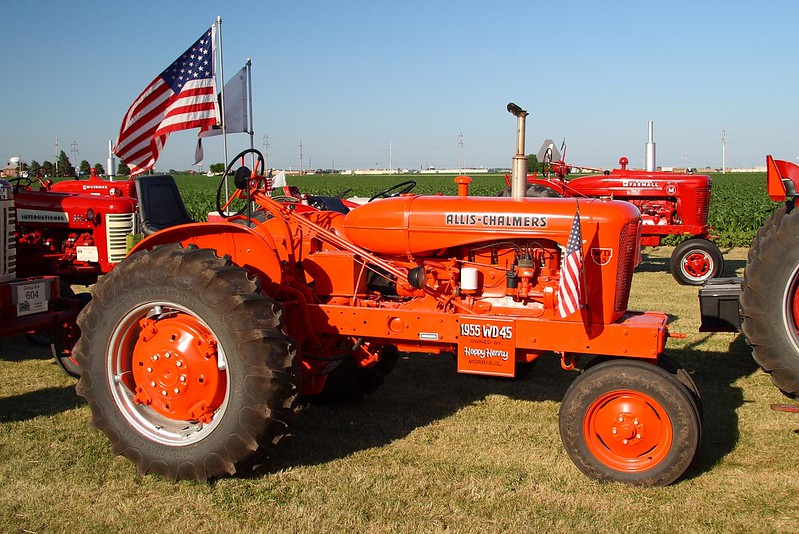
The Allis-Chalmers WD45 was notable for introducing a “quick hitch” system, simplifying the attachment of implements. It was also one of the first tractors to offer power steering, reducing operator fatigue and making the tractor easier to maneuver. Known for its reliability, the WD45 was particularly effective in heavy-duty tasks like plowing. Its innovations helped shape the future of tractor design, making farming operations more efficient and less labor-intensive.
John Deere 4020 (1963)

John Deere’s 4020 was a powerful and reliable tractor, widely regarded as one of the most influential models of its time. It introduced features like a power shift transmission and hydraulic power steering, which significantly improved ease of use. The 4020’s versatility made it a popular choice among farmers, contributing to the modernization of agriculture during the 1960s.
Fordson Dexta (1957)
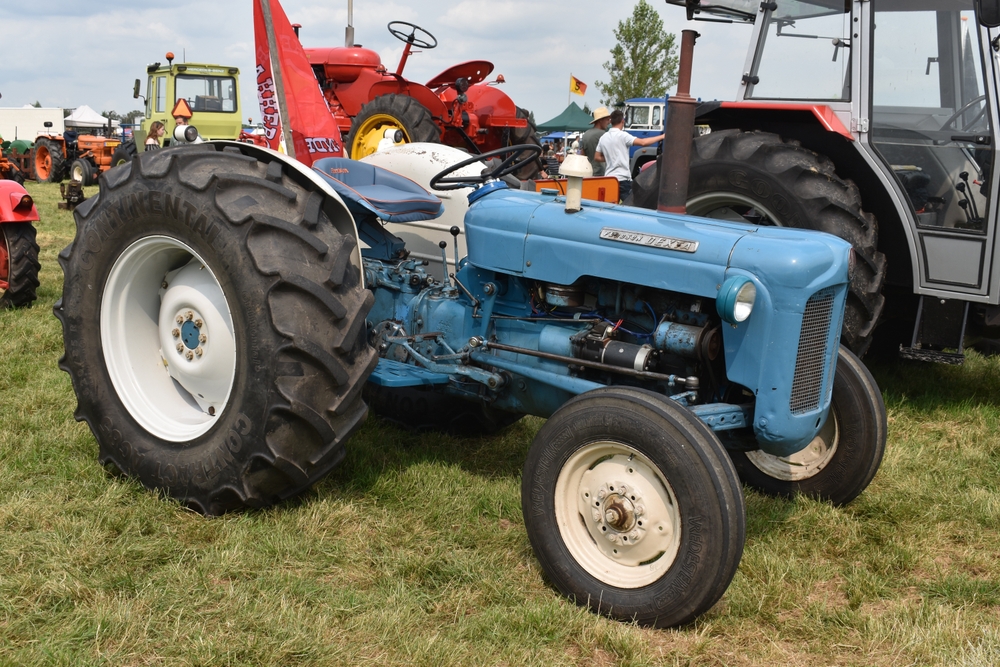
The Fordson Dexta was a compact and affordable tractor that quickly gained popularity among small farmers. Known for its durability, the Dexta could handle a wide range of tasks, making it a versatile tool on any farm. Its low cost and ease of maintenance made it particularly appealing in the post-war era, especially in developing countries.
International Harvester 1086 (1976)

The International Harvester 1086 was ahead of its time, featuring a comfortable cab with improved visibility and noise reduction. It was among the first tractors to offer a factory-installed air conditioning system, greatly enhancing operator comfort. This model’s success reinforced International Harvester’s reputation for innovation and quality. The 1086 contributed to the broader adoption of advanced technologies in agricultural machinery, making farm work more efficient and less physically demanding.
New Holland TC30 (2001)
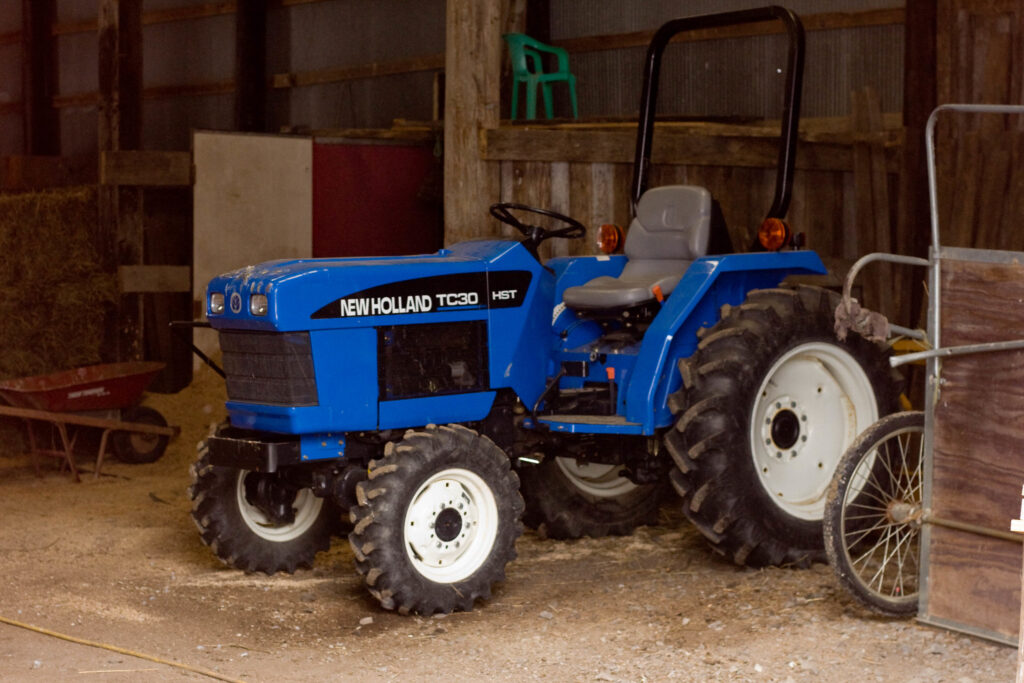
The New Holland TC30 was designed with small farmers and hobbyists in mind, offering a compact size without sacrificing power or versatility. It became popular for its reliability and ease of use, making it suitable for a range of tasks, from mowing to hauling. The TC30’s affordability and practical design made it a favorite in the growing market for compact tractors.
This article originally appeared on MyCarMakesNoise.
More from MyCarMakesNoise
The World’s 25 Most Bustling Airports and Their Unique Highlights

Air travel has become an integral part of our globalized world, connecting people and places like never before. Some airports stand out due to the sheer volume of passengers and flights they handle daily. Read More.
18 Obscure Concept Cars That Never Made It to Market
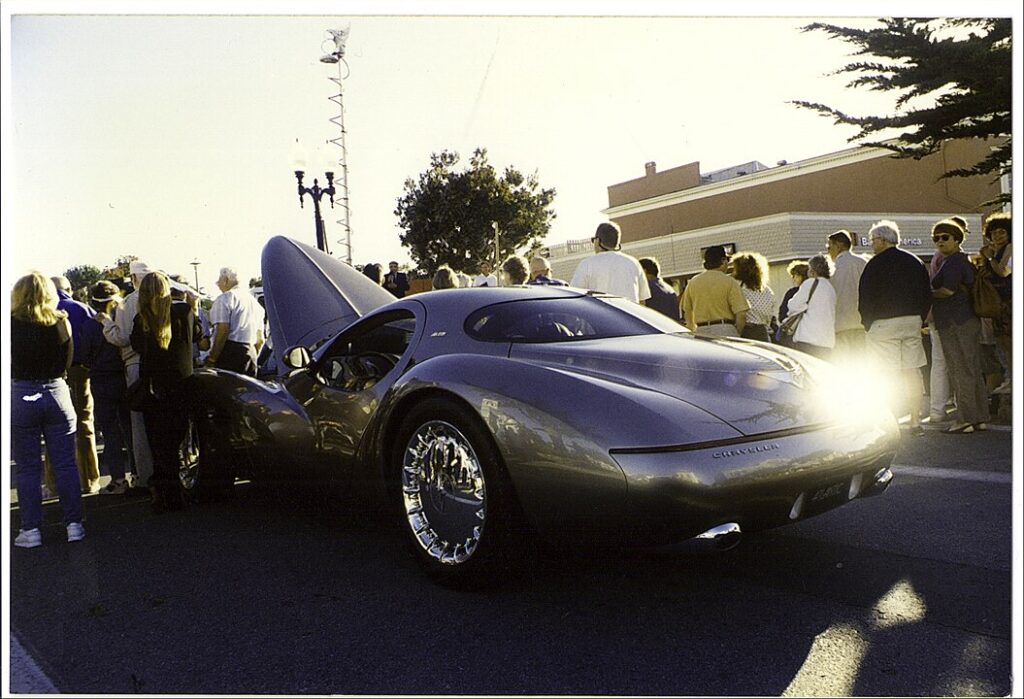
Concept cars often push the boundaries of design and technology, showcasing what the future of the automotive world could look like. However, not all these innovative vehicles make it to the production line. Read More.
12 Rare Military Vehicles Collectors Dream About
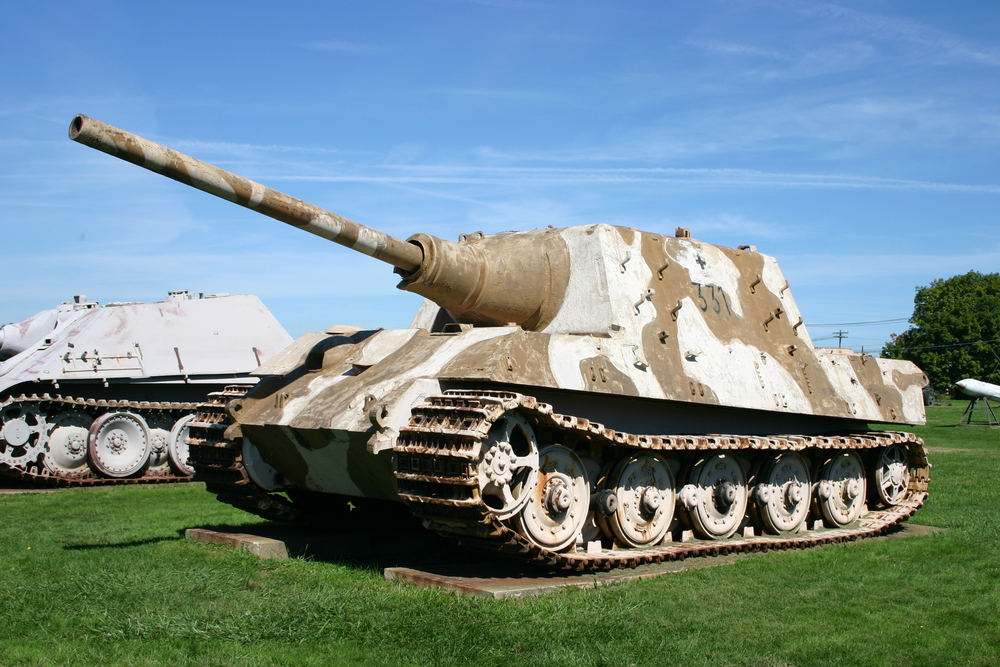
For military vehicle enthusiasts, the thrill of discovering rare and unique models is unparalleled. These collectors often dream about acquiring the most elusive and historically significant military vehicles. Read More.



